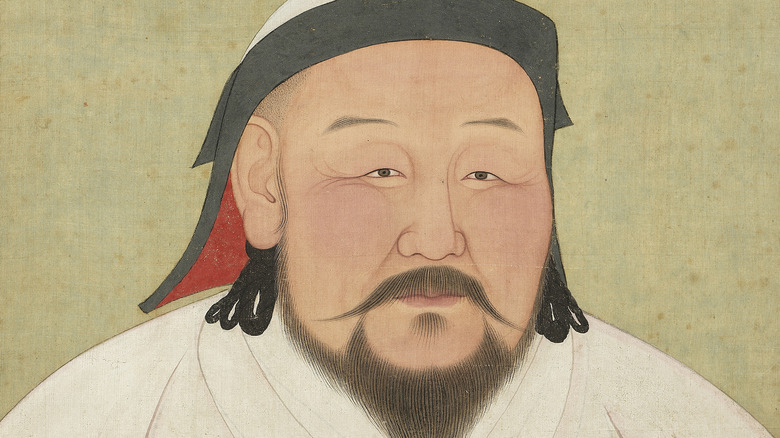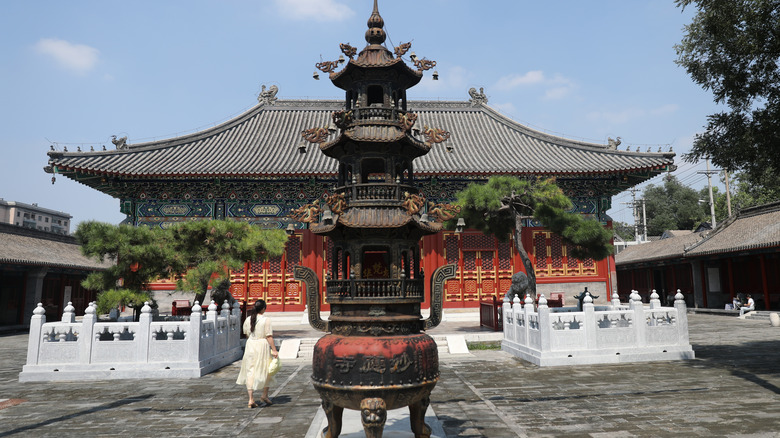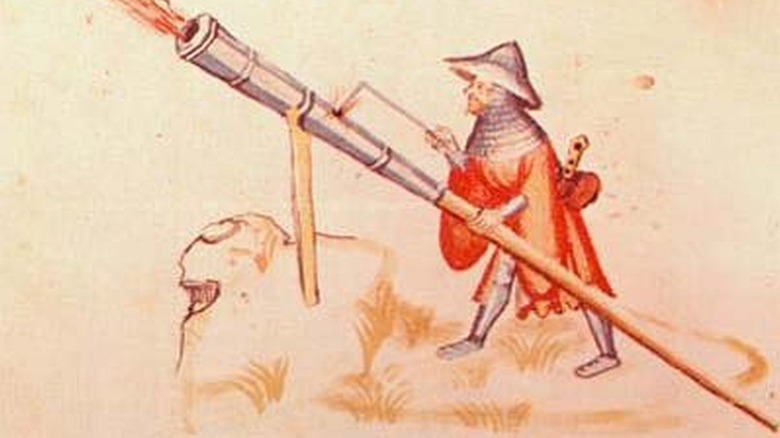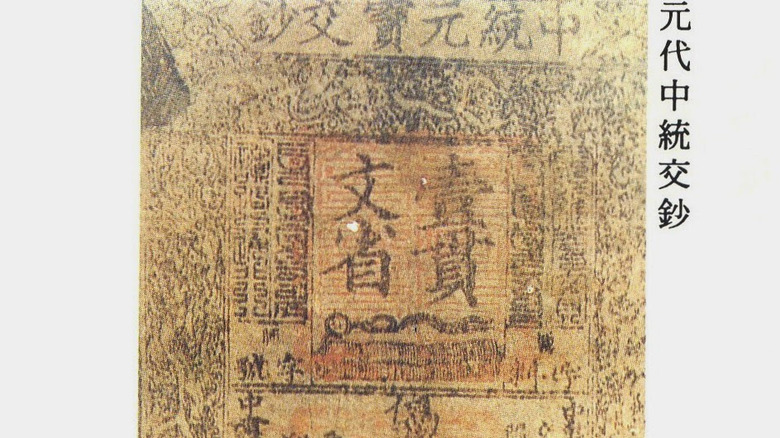How One Ancient Technology Helped Kublai Khan Conquer China
The name "Yuan" means "Origin of the universe," and while the Yuan Dynasty didn't last long, its influence proved far more profound. Kublai Khan, grandson of Genghis Khan, inherited a fractured but undeniably powerful empire that spanned Central Asia. Because early Mongols were largely nomadic, descending from independent tribes living within modern-day Mongolia, China, and southern Russia, Kublai Khan bore the responsibility of both uniting these people under a common banner and establishing a permanent dynasty.
Even amidst a war that divided the Mongol Empire into five parts, Kublai declared himself the next Great Khan and led a campaign to conquer China from the remnants of the Song Dynasty. To accomplish this and unify his rule, he needed three distinct advantages over the Chinese: superior tactics, persistence, and a technology that could unite the people he conquered. We'll focus on two important factors: one related to military technology and the other to logistics. And unlike the mysterious Antikythera device, these technologies are by no means ambiguous today: namely, they're the Chinese invention of gunpowder weaponry, and the standardization of the first widespread paper currency, the jiaochao, or simply chao.
Thanks to the chao's adoption, cultural wealth blossomed and attracted thirteenth-century explorers like Marco Polo, and the chao subsequently birthed a new economic age for the greater world. A standardized currency allowed the Yuan Dynasty to maintain accurate records, and the system gained favor among the conquered peoples who were already using paper currency. In other words, what Kublai Khan did was akin to introducing the common currency, the Euro, when each European country used its own currency.
The Yuan Dynasty and Kublai Khan's history
Kublai Khan emphasized a relatively more diplomatic merging of the Mongols and Chinese, contrary to what most Mongols felt before, which ultimately earned him control of all of China following the 1279 Battle of Yamen. As the grandson of Genghis Khan, by the time of Kublai's ascension, several major campaigns and civil wars were still in living memory. Unlike his contemporaries, however, Kublai primarily sought expansion southward, thanks to his fascination with Chinese culture, and subsequently continued the Song Dynasty invasion while his brothers campaigned elsewhere. When his brother Ariq claimed the title of Khan instead, Kublai marched against him in retaliation, starting the Mongol Civil War. The friction proved so great that the Mongol Empire fractured into five independent nations.
Kublai ultimately triumphed and set his sights once again on the Song Dynasty, with the goal of unifying all of China rather than subjugating it. Both the Chinese and the Mongols featured similar levels of military technology at this point, with both sides utilizing gunpowder, modern siege and naval equipment like the trebuchet, and animal husbandry — a common misconception being that the Song Dynasty lacked cavalry forces. Therefore, Kublai's strategy involved superior tactics in war and unification in peacetime. Over time, this process resulted in numerous advances which directly led to China's subsequent prosperity, such as the standardization of a postal system, which allowed for a unification of ideas and knowledge across the Dynasty. Influential figures and explorers visited China during this period, subsequently introducing Chinese technology, such as gunpowder, to Europe.
The crucial role that gunpowder played in early Chinese warfare
Ironically, accidentally invented by the Chinese in the quest for an elixir of life, the earliest known gunpowder weapons utilized the chemical's incendiary properties to ignite their targets. Essentially, archers used gunpowder in a sort of primitive grenade launcher, fitting arrows with sacks of gunpowder, lighting an attached fuse, and launching them at flammable structures like buildings and ships. Similarly, bombs comprised of iron tubes launched via catapults were first used in anger during siege warfare. Both sides in Kublai Khan's invasion utilized these tools extensively during the 13th century, though it proved particularly useful in the Khan's case for two reasons.
First and foremost, the world's first guns were hand cannons, which were iron tubes fixed to wooden stakes. The user braced themself by running the stake into the ground at an angle, forming what amounted to a modern-day howitzer. One can imagine the devastation that hundreds of these would cause when positioned around static fortifications, especially when supported by cavalry, thanks to the stabilization provided by the advent of the saddle and stirrups. These tools, when fitted to land and naval units alike, formed the earliest known instances of truly mobile gunpowder-based siege warfare, and as previously discussed, Kublai Khan's entire campaign centered around siege warfare.
Because of early gunpowder's incredible utility and ease of use, the development of early handguns rapidly led to the adoption of more mobile tactics, with its importance arguably on par with the invention of horse cavalry. Kublai Khan specialized in such tactics, utilizing them to great effect as he spread southward, where he could control the fight's range and direction with superior mobility against a static enemy.
The role of standardized currency in the Yuan Dynasty's unification
Paper currency had been adopted by the Song Dynasty before Kublai Khan's invasion, but the problem stemmed from the fact that it was virtually worthless, and that was for several reasons. Firstly, some currencies weren't paper, but rather seashells, then later iron, meaning that even carrying any fair sum on your person proved formidable on its own. Early paper currency, such as the jiaozi, could be counterfeited. Moreover, this system relied on credit, with the money itself being used as parchment to keep accurate records on, like a self-contained blockchain. So, inflation became a massive problem, rendering the popular jiaozi nearly worthless.
Enter Kublai Khan, who not only established a nationwide postal service but mandated that the entire nation use exactly one form of currency under the punishment of death: the chao. This meant that now no merchant could accept coins of copper, iron, or anything other than the chao, which was backed by silver and had a universal value, unlike the jiaozi's credit-based system. As such, it represented the first widespread practical usage of a recognizable paper currency similar to the US dollar. This technology was exclusive to the Kublai Khan's dynasty at first, and helped to solidify all of China under a single banner.
A fair comparison is akin to if all 50 states each featured their own currency, each with its own value, and then the government mandated the universal use of the dollar. It represented a single national identity, which was crucial at a time when the Mongols had just taken over all of China and fought numerous wars within their own empire to unify it.



